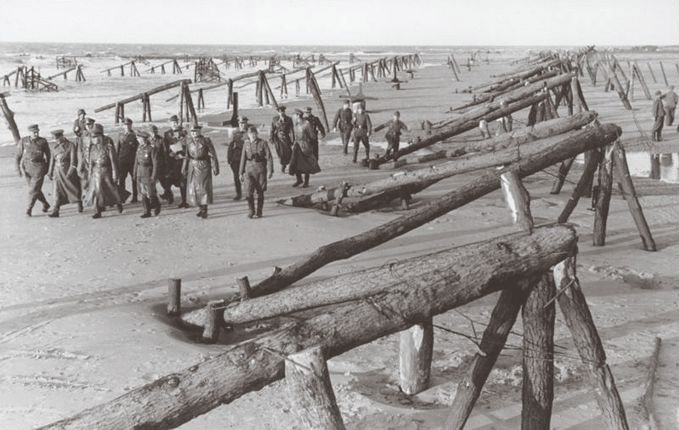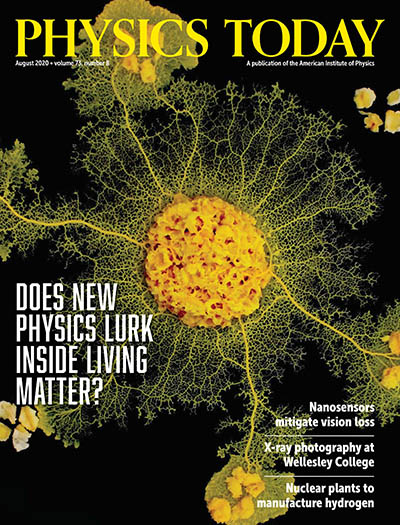Today is the 75th anniversary of D-Day. The Allies' accurate prediction of astronomical tides was crucial for the success of the Normandy invasion doi.org/10.1063/PT.3.1… #DDay75
The Germans had built obstacles on the beaches that became immersed by midtide. So the Allies wanted to land near first light and soon after low tide, to give their engineers a chance to destroy the obstacles. 

The Allies needed to accurately and precisely calculate the tides. They achieved that using mechanical analog computers, including one designed by Lord Kelvin 

Once the invasion began, the tide predictions proved to be quite accurate. And the Germans were not as prepared as they should have been, in part because they expected the Allies to come at high tide 

Weather was a major factor in the decision to attack on 6 June rather than 5 June as initially planned. British meteorologist James Stagg and colleagues correctly predicted a break in the weather for the invasion doi.org/10.1063/PT.6.6… 

Image credits: German Federal Archive; Proudman Oceanographic Laboratory; H. R. Seiwell, Mil. Eng. 39, 202 (1947)
• • •
Missing some Tweet in this thread? You can try to
force a refresh









